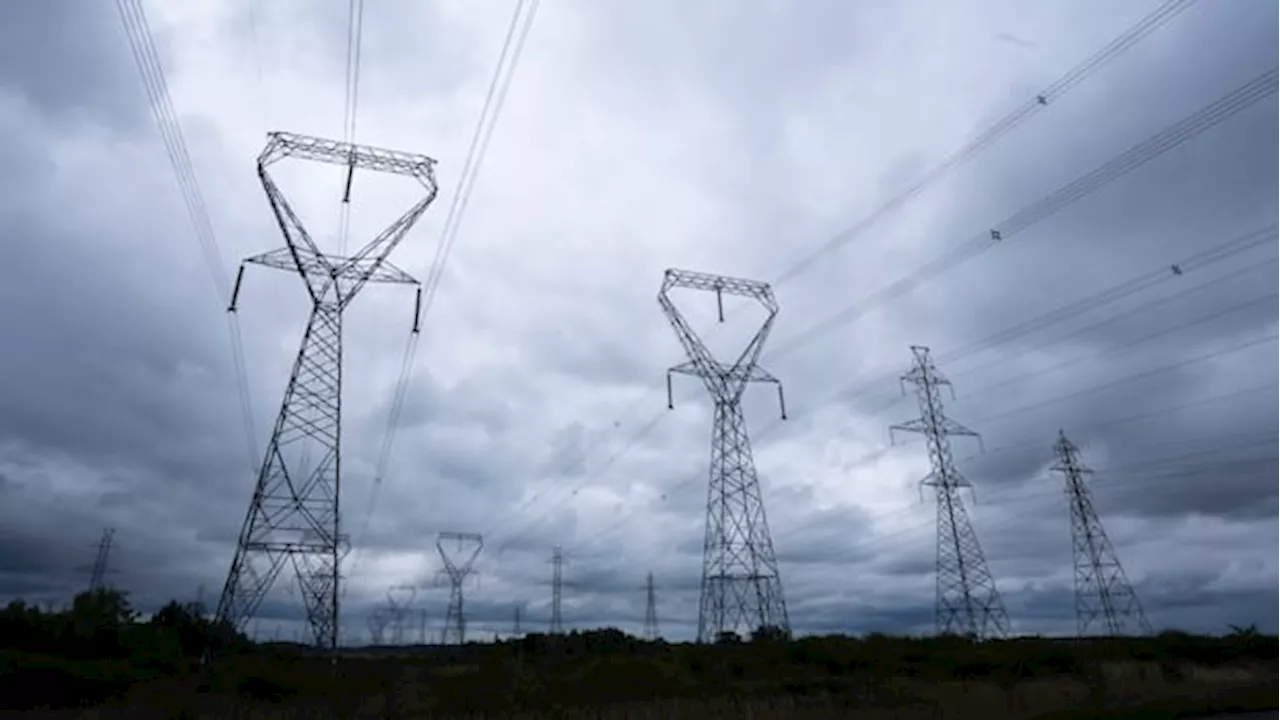The Canadian government adjusts its target for a net-zero electricity grid, opting for 2050 instead of the original 2035 deadline. The revised Clean Electricity Regulations aim for deeper emissions reductions after 2050, addressing concerns raised by provinces regarding the initial regulations' cost and feasibility.
The federal government is backing away from its former goal of achieving net-zero in the national electricity grid by 2035 — but it is promising deeper emissions reductions in the energy sector after 2050. Ottawa announced the change ahead of the release of the final Clean Electricity Regulations on Wednesday. The move comes after provinces like Alberta, Saskatchewan and Ontario vocally opposed the draft regulations, which they argued were costly and set goals that were impossible to achieve.
The final regulations provide more time for provinces and territories to comply with the regulations. Non-emitting sources of electricity — hydroelectricity, wind, solar and nuclear — should have no problem falling in line, but natural gas plants will have to meet specific, although less strict, criteria. For example, emissions from natural gas power plants operating in emergency conditions brought on by extreme weather won't count under the rules. Also, plants that exceed their emissions limits will be allowed to use greenhouse gas offset credits.Individual power plants won't necessarily face emissions limits; an arsenal of units can fall under a broad emissions limit. This could allow electricity providers to run units that pollute more while relying on cleaner units to comply with the regulations. The regulations also exempt certain industrial entities, like oilsands operations, that generate massive amounts of electricity for onsite use. The changes mean Canada's electricity sector will continue to generate more pollution than initially forecast between 2024 and 205
CLIMATE CHANGE ENERGY ELECTRICITY CANADA EMISSIONS
Canada Latest News, Canada Headlines
Similar News:You can also read news stories similar to this one that we have collected from other news sources.
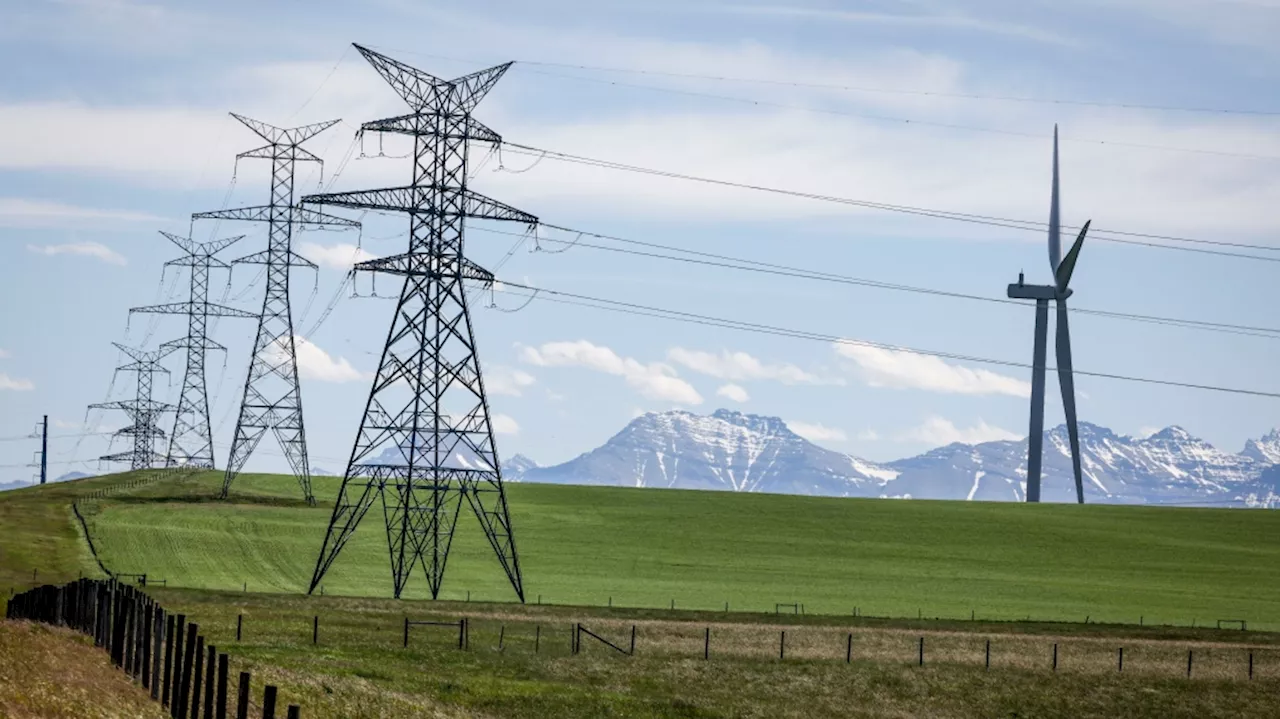 Canada Adjusts Clean Electricity Regulations for Net-Zero Grid by 2050Canada unveiled revised Clean Electricity Regulations (CER) aiming for a net-zero electricity grid by 2050, shifting from the previous 2035 target. The change comes after concerns from provinces and energy industries regarding reliability, cost, and potential stranded assets. While Canada's grid is already relatively clean, the less ambitious regulations might hinder the country's 2035 carbon emissions reduction goal. The finalized regulations will still reduce emissions but to a lesser extent than initially planned.
Canada Adjusts Clean Electricity Regulations for Net-Zero Grid by 2050Canada unveiled revised Clean Electricity Regulations (CER) aiming for a net-zero electricity grid by 2050, shifting from the previous 2035 target. The change comes after concerns from provinces and energy industries regarding reliability, cost, and potential stranded assets. While Canada's grid is already relatively clean, the less ambitious regulations might hinder the country's 2035 carbon emissions reduction goal. The finalized regulations will still reduce emissions but to a lesser extent than initially planned.
Read more »
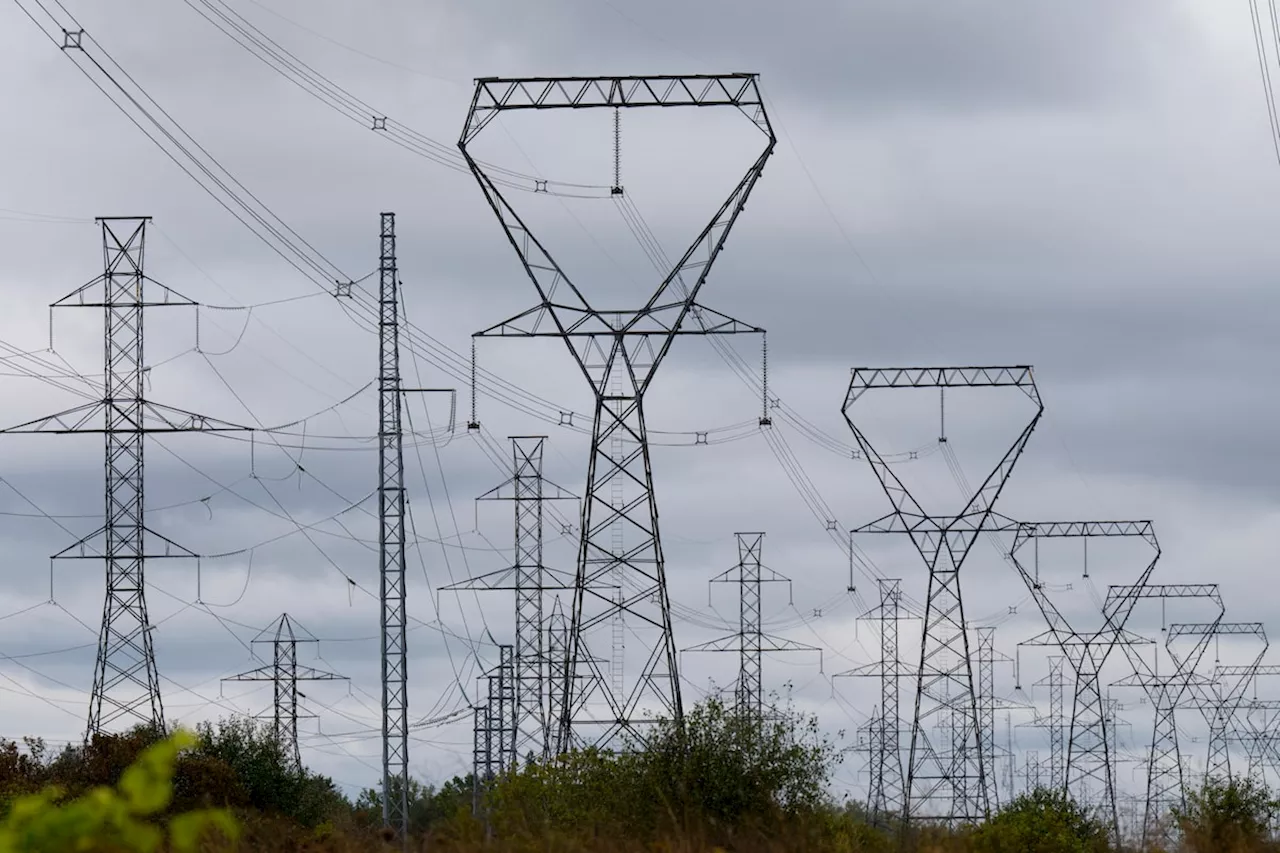 Ontario says federal clean electricity regulations would add $35-billion in costs by 2050A new analysis found that Ontario would have to add twice as much new generation as it is already planning, which is ‘not feasible’ in that time frame
Ontario says federal clean electricity regulations would add $35-billion in costs by 2050A new analysis found that Ontario would have to add twice as much new generation as it is already planning, which is ‘not feasible’ in that time frame
Read more »
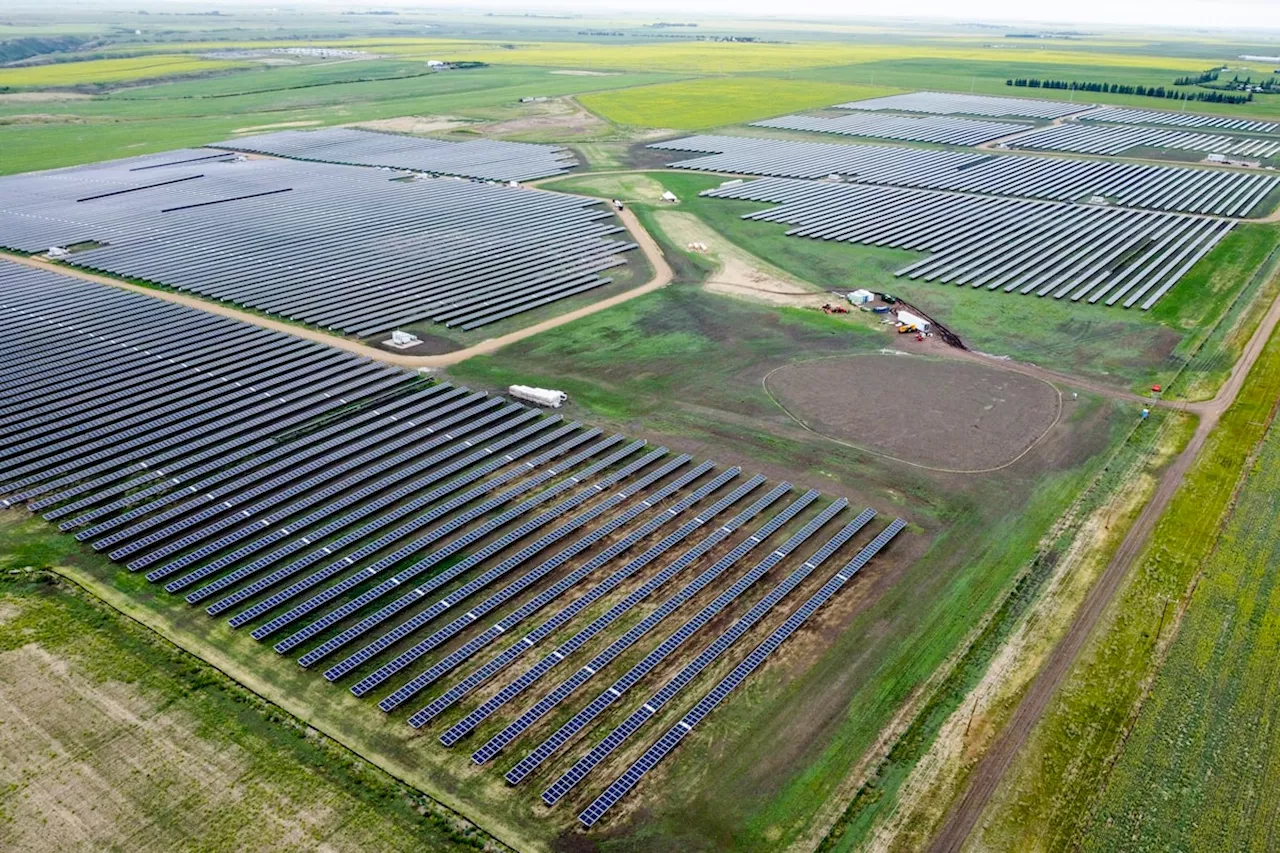 Canada Tightens Clean Electricity Rules Despite Provincial PushbackCanada's federal government is implementing new regulations to reduce greenhouse gas emissions from electricity grids, aiming to phase out natural gas power generation by 2035. Despite resistance from provinces heavily reliant on fossil fuels, the rules have been revised to offer greater flexibility.
Canada Tightens Clean Electricity Rules Despite Provincial PushbackCanada's federal government is implementing new regulations to reduce greenhouse gas emissions from electricity grids, aiming to phase out natural gas power generation by 2035. Despite resistance from provinces heavily reliant on fossil fuels, the rules have been revised to offer greater flexibility.
Read more »
 We are powering Canada forward by building 21st Century electricity projectsThe Hill Times
We are powering Canada forward by building 21st Century electricity projectsThe Hill Times
Read more »
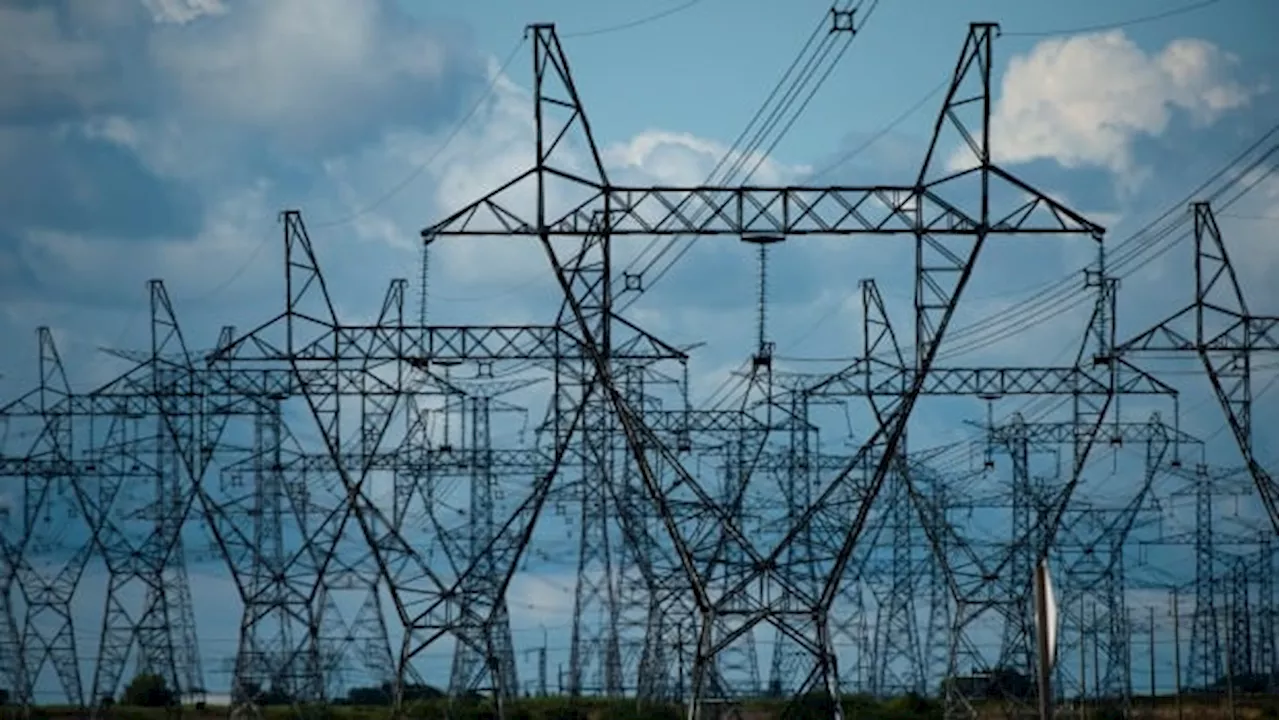 Ontario Urges Federal Government to Amend Electricity Regulations Amid $35 Billion Cost ConcernsOntario is calling for changes to federal electricity regulations due to a projected $35 billion in additional costs by 2050, according to an analysis by the province's Independent Electricity System Operator (IESO). The analysis suggests these rules would significantly increase electricity generation costs and residential bills.
Ontario Urges Federal Government to Amend Electricity Regulations Amid $35 Billion Cost ConcernsOntario is calling for changes to federal electricity regulations due to a projected $35 billion in additional costs by 2050, according to an analysis by the province's Independent Electricity System Operator (IESO). The analysis suggests these rules would significantly increase electricity generation costs and residential bills.
Read more »
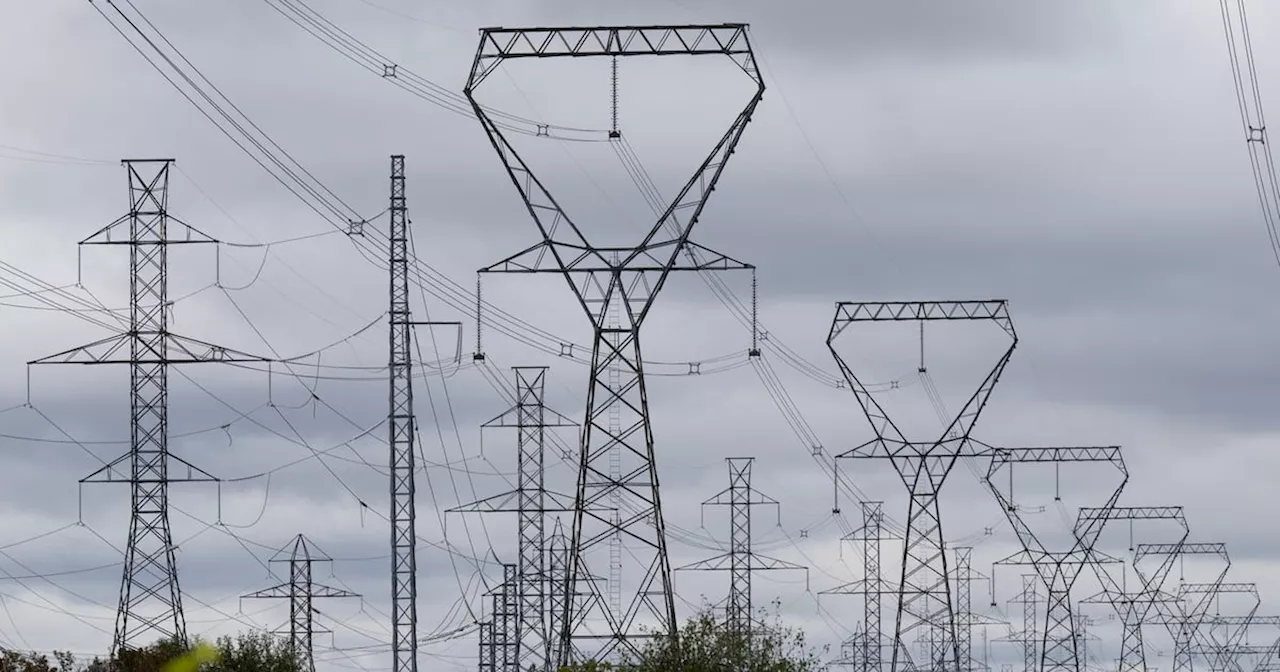 Ontario says federal clean electricity regulations would add $35B in costsOntario is urging the federal government to amend proposed electricity regulations after an analysis by the province’s system operator concluded the rules would mean $35 billion in additional costs by 2050.
Ontario says federal clean electricity regulations would add $35B in costsOntario is urging the federal government to amend proposed electricity regulations after an analysis by the province’s system operator concluded the rules would mean $35 billion in additional costs by 2050.
Read more »
